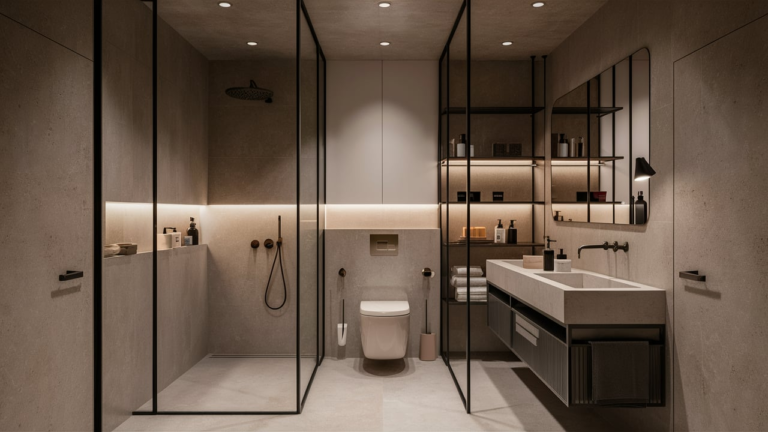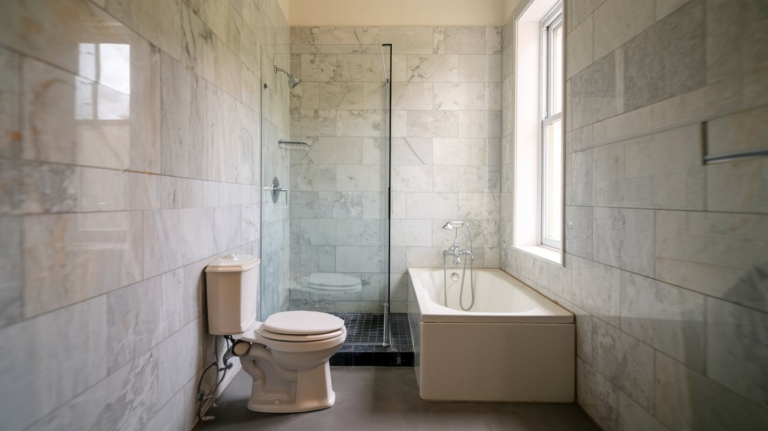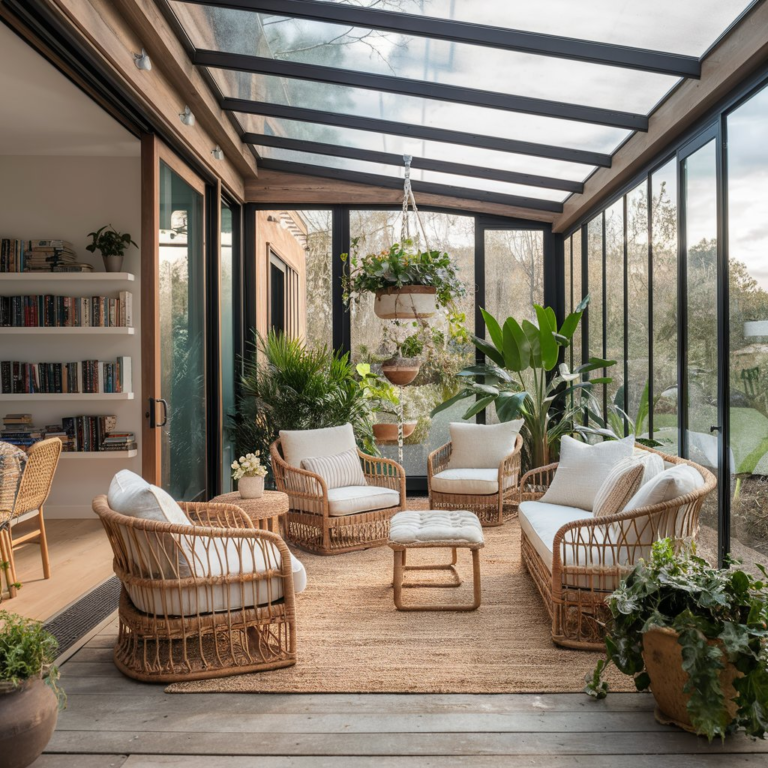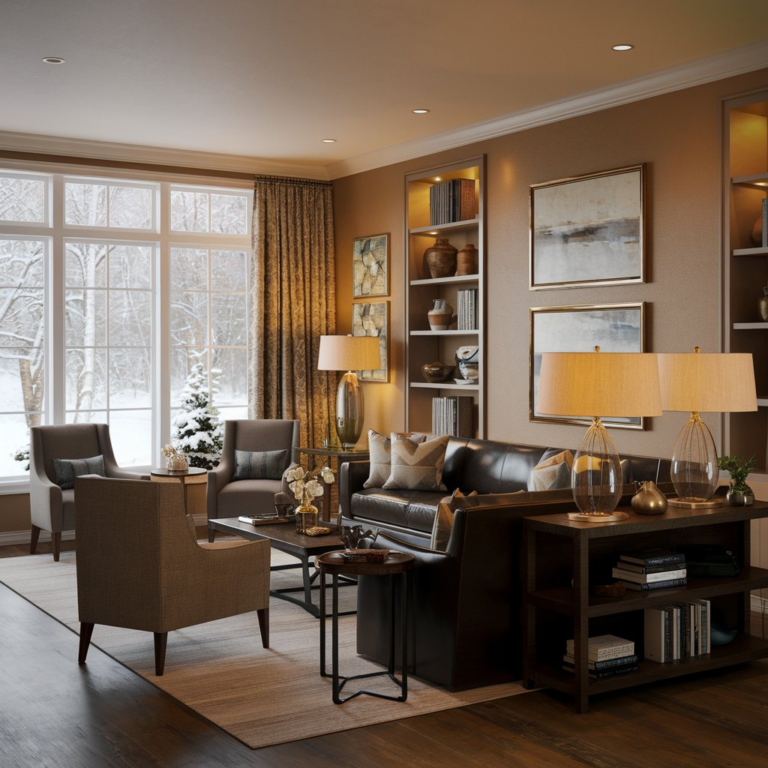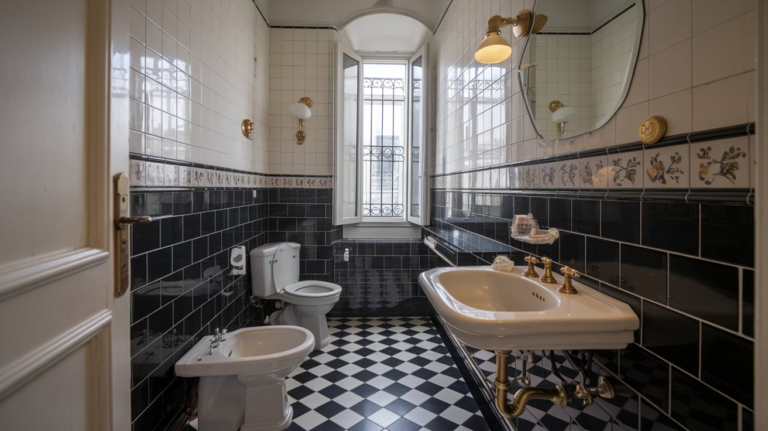27 Best Kids Room Ideas: Enchanting Spaces for Play & Growth | Home Magic

When it comes to designing kids’ rooms, there’s a delicate balance to strike.
You want a space that’s not just functional but also a playground for their imagination, a safe haven for sleep, and a place where they can learn and grow.
Whether you have toddlers, pre-teens, or teenagers, a kids’ room should be a reflection of their personality, interests, and developmental needs.
1. Themed Adventure Rooms
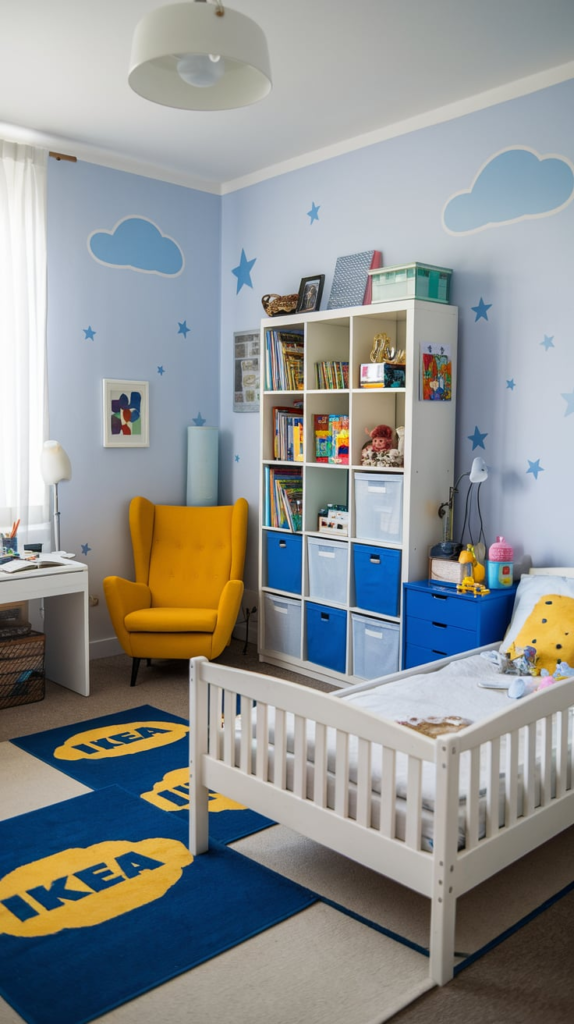
Themed rooms are the ultimate fantasy playground for kids. Whether your child is into pirates, princesses, or outer space, themed rooms provide endless opportunities for creativity. Imagine a bed shaped like a ship or a wall painted with a cosmic galaxy. These rooms not only offer fun and whimsy but can also spark imagination and storytelling.
Why It Works:
- Encourages imaginative play
- Makes bedtime a magical experience
- Easy to adapt with age-appropriate themes, from fairytales to science fiction
Tip: To make a themed room last longer, focus on accessories (like bed linens, rugs, and wall decals) that can be changed easily as their interests evolve.
2. Neutral Color Palettes for a Timeless Look
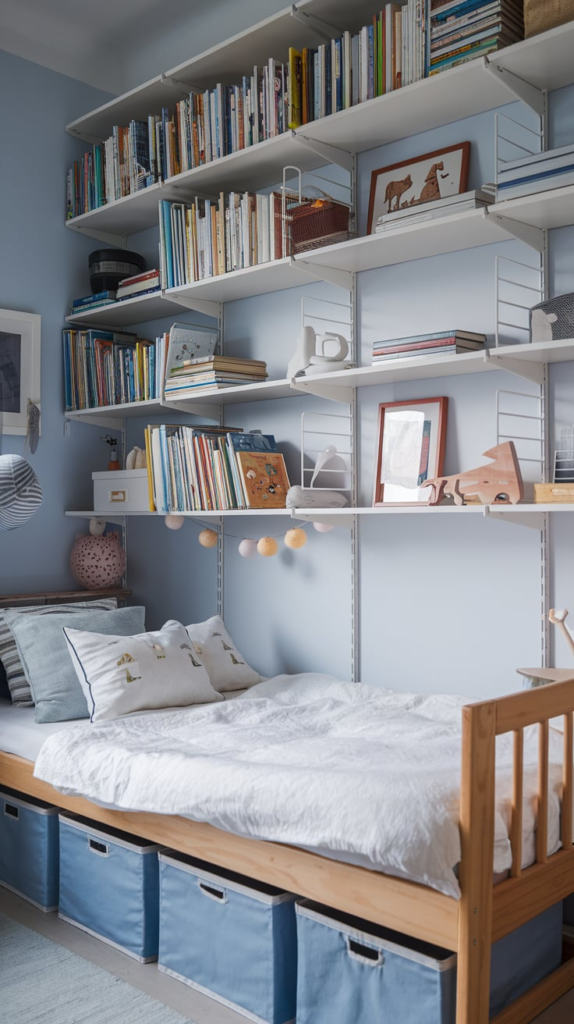
Neutral tones like soft grays, creamy whites, and gentle beiges offer a calming and versatile backdrop that can grow with your child. A neutral color palette gives you the freedom to update the room as their tastes shift without the need for a complete overhaul. It also creates a soothing atmosphere perfect for sleep.
Why It Works:
- Creates a serene and calming environment
- Allows you to introduce pops of color through accessories, making it adaptable
- Perfect for those looking for a more sophisticated yet child-friendly aesthetic
Tip: Add texture through wooden furniture, woven baskets, and natural fabrics to give the room warmth and personality.
3. Playful Wall Murals for Visual Impact
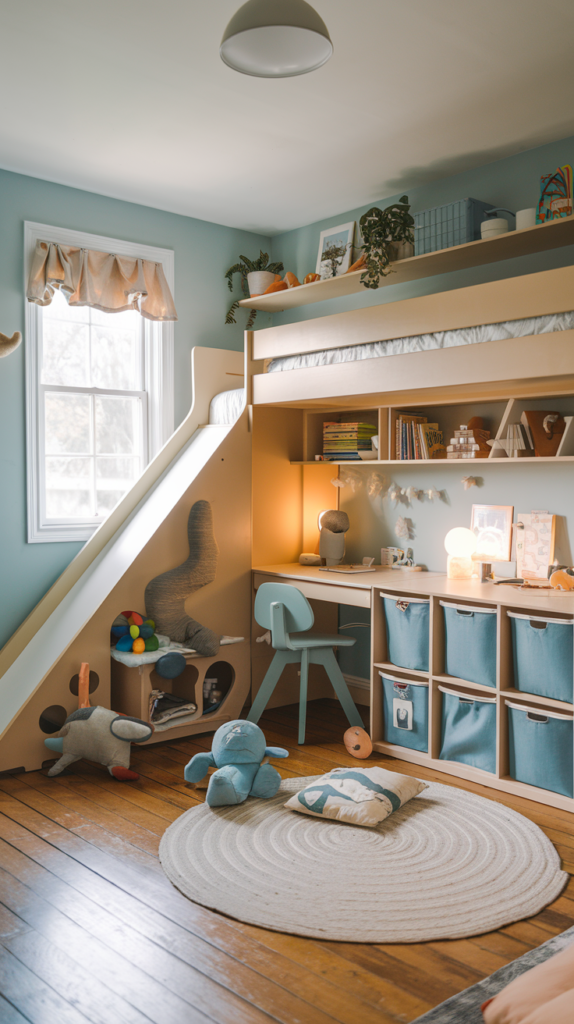
Wall murals are a fantastic way to bring your child’s imagination to life. Whether it’s a forest of animals, a city skyline, or a magical underwater world, a mural can transform an entire room into a living work of art. Murals stimulate creativity and can make the space feel bigger and more engaging.
Why It Works:
- Provides a focal point that can anchor the rest of the room’s design
- Great for creating an immersive experience
- Works in any space, from a nursery to a teenager’s bedroom
Tip: If you’re not ready to commit to a large mural, opt for peel-and-stick wallpaper that’s easy to remove and replace.
4. Multi-functional Furniture for Maximizing Space
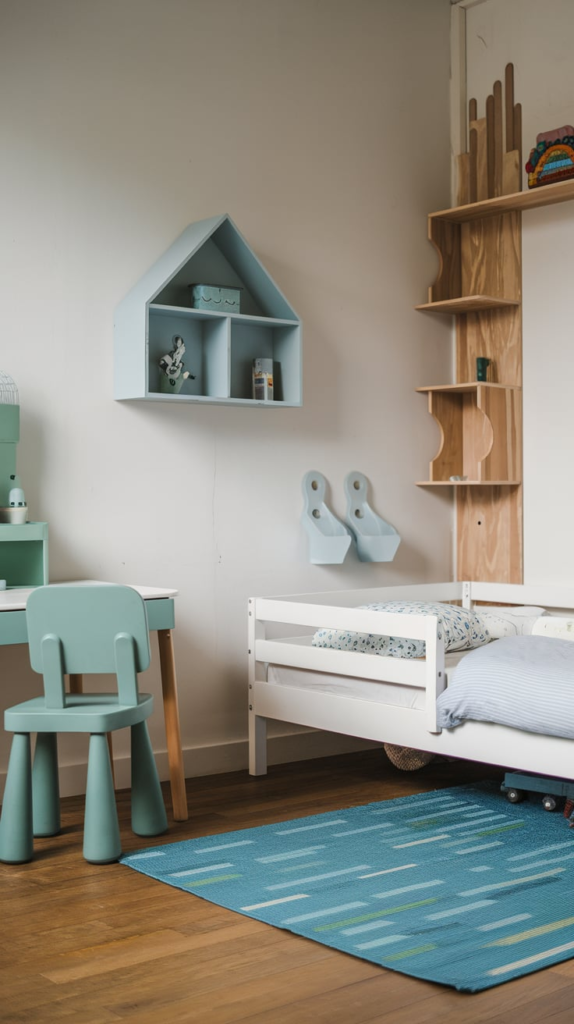
Kids grow fast, and their needs change even faster. Multi-functional furniture, like bunk beds with desks, storage ottomans, and fold-out sofas, is a game-changer for making the most out of a small space. These pieces can evolve along with your child, offering functionality without sacrificing style.
Why It Works:
- Maximizes space, especially in smaller rooms
- Keeps the room organized by incorporating storage solutions
- Adaptable to different age groups, from toddlers to teenagers
Tip: Look for pieces with hidden storage, like under-bed drawers or bedside tables with compartments, to keep the room clutter-free.
5. Cozy Reading Nooks for Quiet Time

A dedicated reading nook is more than just a place to read; it’s a sanctuary for quiet reflection. Whether it’s a little tent tucked in the corner, a beanbag chair by the window, or a cozy corner with floor cushions and bookshelves, creating a reading nook encourages a love of books and provides a peaceful retreat from the hustle and bustle.
Why It Works:
- Promotes relaxation and fosters a love of reading
- Provides a private space for kids to unwind
- Easy to create with minimal furniture and accessories
Tip: Make the space even cozier by adding soft throws, pillows, and plenty of books that are easily accessible for little hands.
6. Inspirational Quotes and Wall Art
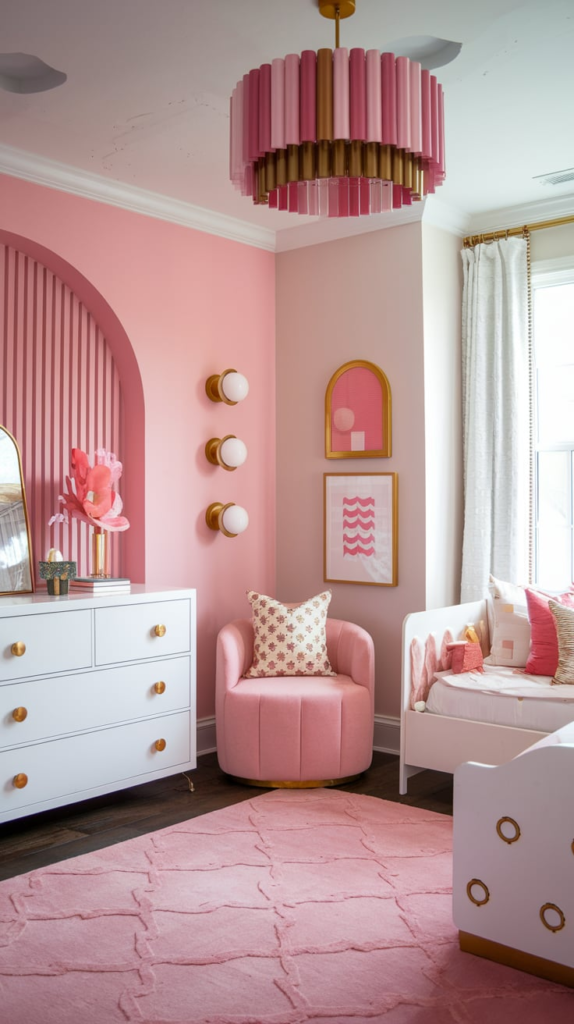
Incorporating inspirational quotes or fun wall art can give your child’s room a personal touch. Whether it’s motivational quotes, nature prints, or fun illustrations, wall art can serve as a reminder of what’s important or simply bring a smile to their face. It’s a way to make the room feel like their space and express their personality.
Why It Works:
- Adds personality and character to the room
- Can be updated as your child’s interests evolve
- Serves as a visual reminder of values, dreams, and aspirations
Tip: Frame artwork or quotes in simple, neutral frames for a clean look that can easily be swapped out as your child grows.
7. Gender-Neutral Designs for Flexibility
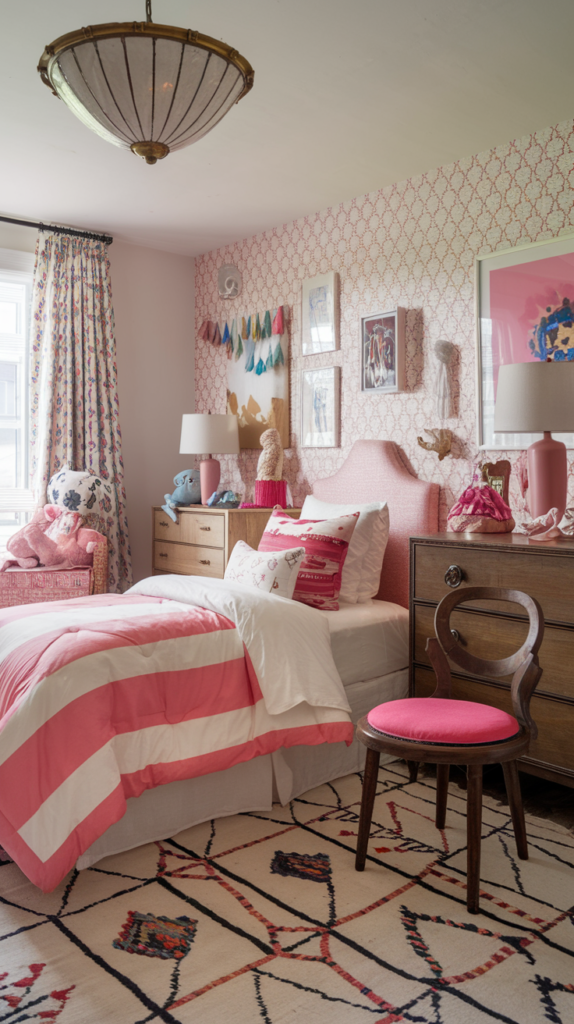
Gone are the days of blue for boys and pink for girls. Today’s designs embrace gender-neutral color schemes and themes that are fresh, modern, and inclusive. Colors like muted greens, mustard yellows, and soft blues create a flexible foundation for any child, allowing them to explore their individuality as they grow.
Why It Works:
- Gender-neutral designs have staying power and can be adapted over time
- They allow for a range of design possibilities, from playful to sophisticated
- Perfect for rooms shared by siblings or when designing a nursery
Tip: Use pops of color in accessories (like pillows, rugs, or artwork) to add vibrancy while maintaining a neutral backdrop.
8. Indoor Playgrounds for Active Kids
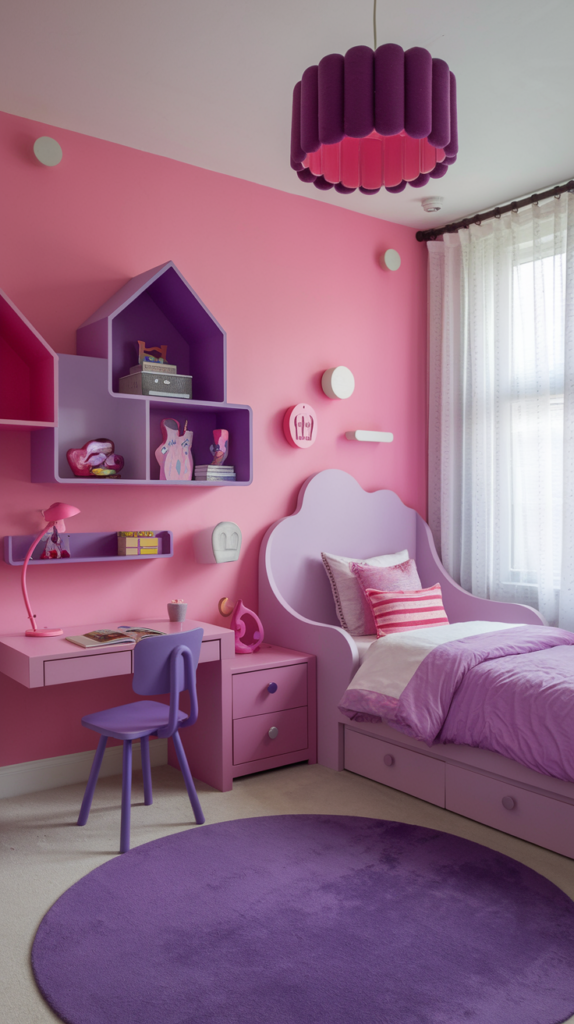
An indoor playground is every child’s dream come true. From small climbing walls to slide and ladder combos, having an area for physical play inside the home promotes both fitness and fun. It’s not just about keeping them busy; it’s about creating a space where they can develop coordination, strength, and motor skills in a safe environment.
Why It Works:
- Encourages physical activity, which is crucial for development
- Keeps kids entertained indoors, especially during rainy days
- Can be tailored to fit any size room
Tip: If space is limited, opt for a foldable indoor slide or climbing toys that can be stored when not in use.
9. Bold Accent Walls for Personality
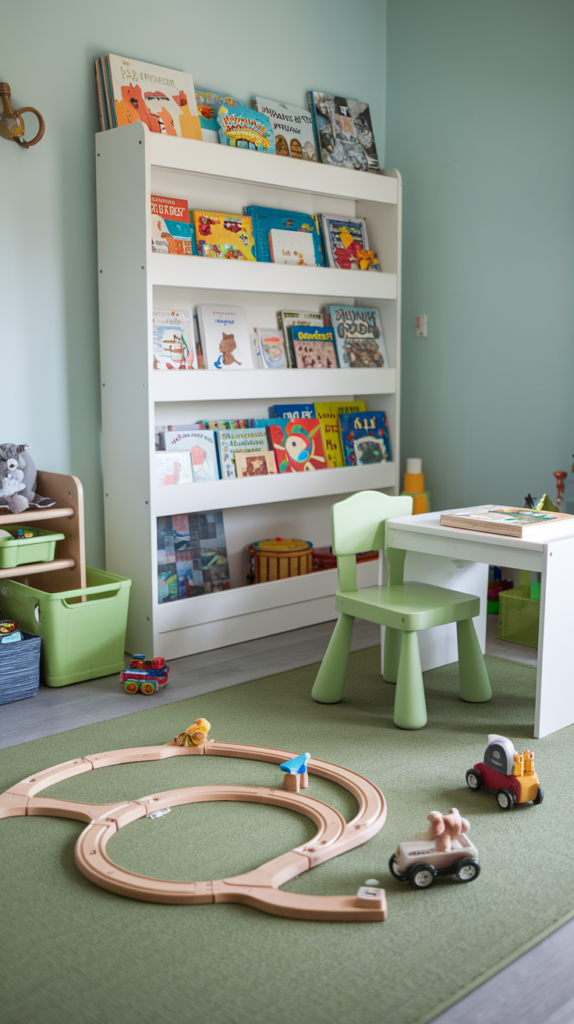
An accent wall can add a pop of color, pattern, or texture to any room, making it feel dynamic without overwhelming the space. Bold colors like emerald green or turquoise can bring energy to a room, while patterns like stripes or chevron can add visual interest.
Why It Works:
- Adds depth and drama to the room
- Easily adaptable as your child’s preferences change
- Pairs well with neutral furnishings for balance
Tip: If your child’s interests change frequently, opt for peel-and-stick wallpaper or paint that can be easily updated.
10. Whimsical Canopy Beds for Sweet Dreams
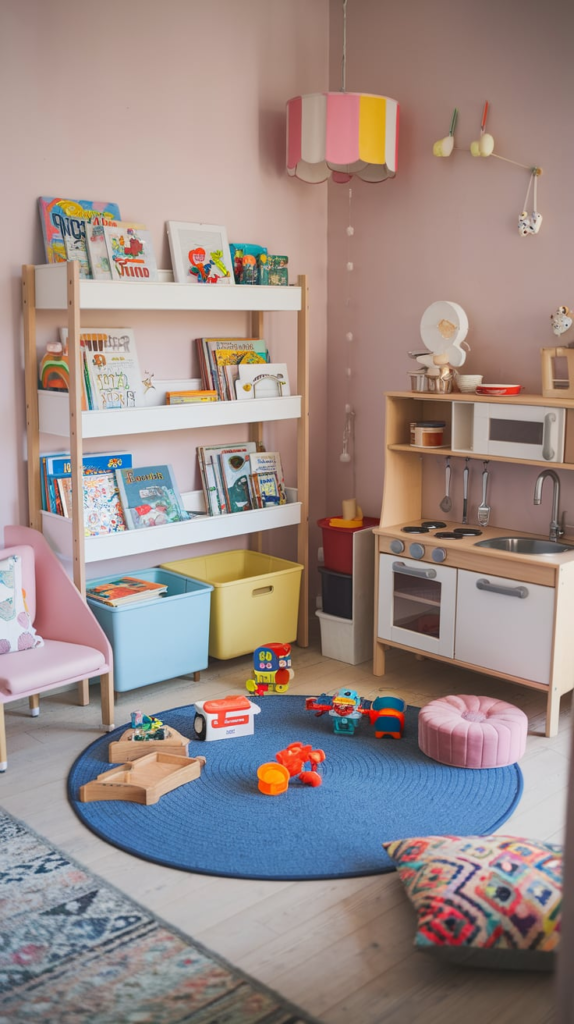
A canopy bed adds a dreamy, whimsical element to any room. Whether it’s a delicate fabric canopy that drapes down from the ceiling or a bed with built-in posts for a more structured design, canopy beds transform a simple bed into a royal retreat for your child.
Why It Works:
- Turns bedtime into a magical experience
- Can be decorated with fairy lights or soft fabrics to create a cozy atmosphere
- Perfect for creating a focal point in the room
Tip: Use a sheer fabric for a light, airy feel, or a heavier fabric for a more luxurious look.
11. Nature-Inspired Themes for a Calming Ambiance
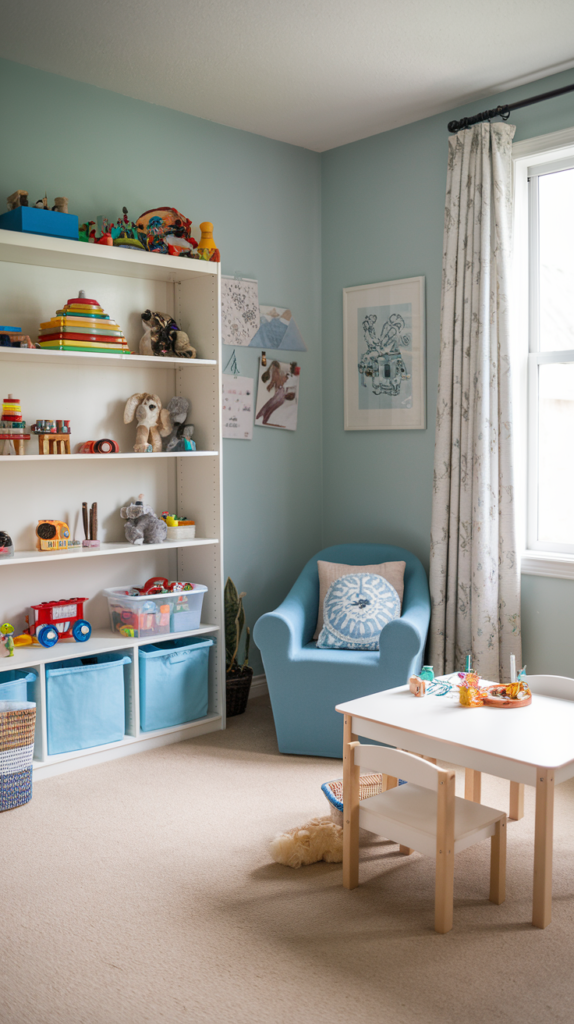
A nature-inspired room can bring the outdoors inside, creating a calming environment where your child can feel grounded and connected to the world around them. Think forest murals, wooden accents, and botanical prints that bring life and serenity to the space.
Why It Works:
- Nature elements have a calming effect, perfect for relaxation and sleep
- Encourages a love for nature and the environment
- Easy to incorporate with neutral colors and natural textures
Tip: Add live plants or a small indoor garden to bring fresh energy and a natural touch to the room.
12. Montessori-Inspired Rooms for Independence
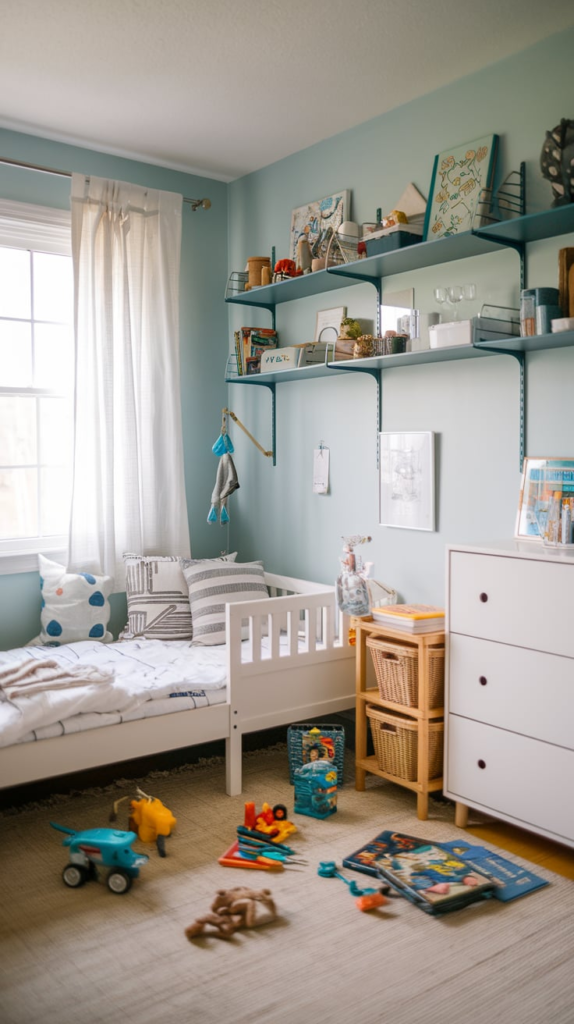
A Montessori-inspired room is designed to encourage independence and exploration. Low shelves, accessible toys, and a focus on simplicity allow children to interact with their environment in a way that fosters learning and growth. These rooms are often minimalist but rich in opportunities for development.
Why It Works:
- Encourages self-sufficiency and decision-making
- Helps children learn organization and responsibility from a young age
- Promotes hands-on exploration and learning
Tip: Invest in low bookshelves and open storage to make toys and books accessible and easy to manage for your child.
13. Hanging Storage for an Organized Room
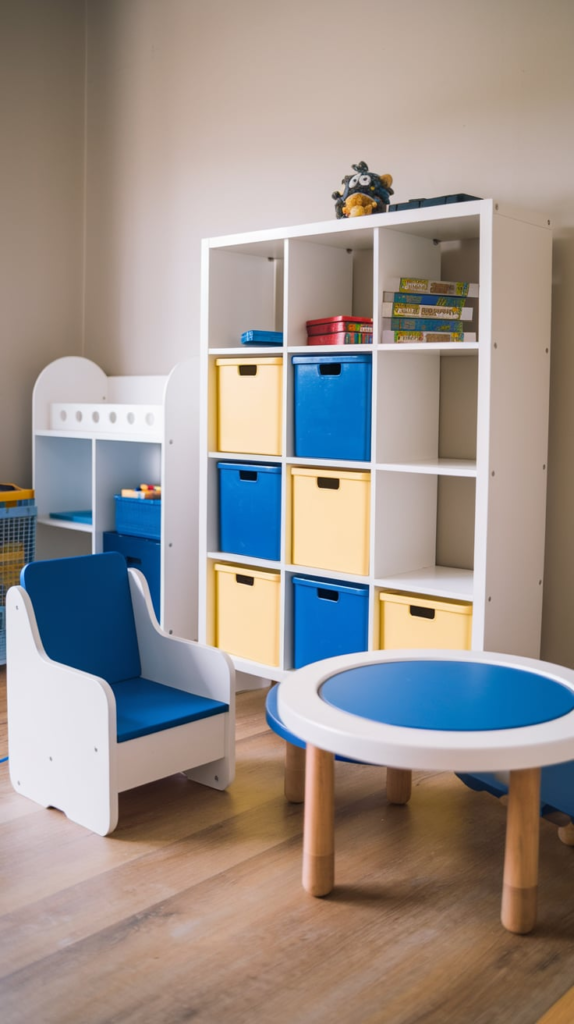
For a unique twist on storage, consider hanging baskets or floating shelves. These storage solutions free up floor space, which is especially valuable in smaller rooms. Whether it’s for books, toys, or clothes, hanging storage adds a creative, space-saving solution to your child’s room.
Why It Works:
- Keeps the floor space open for play
- Easy to access for kids, promoting organization
- Adds a fun, floating aesthetic to the room
Tip: Use colorful baskets or bins to store toys, books, or art supplies for an easy-to-maintain yet visually appealing setup.
14. Playful Lighting for Fun & Function
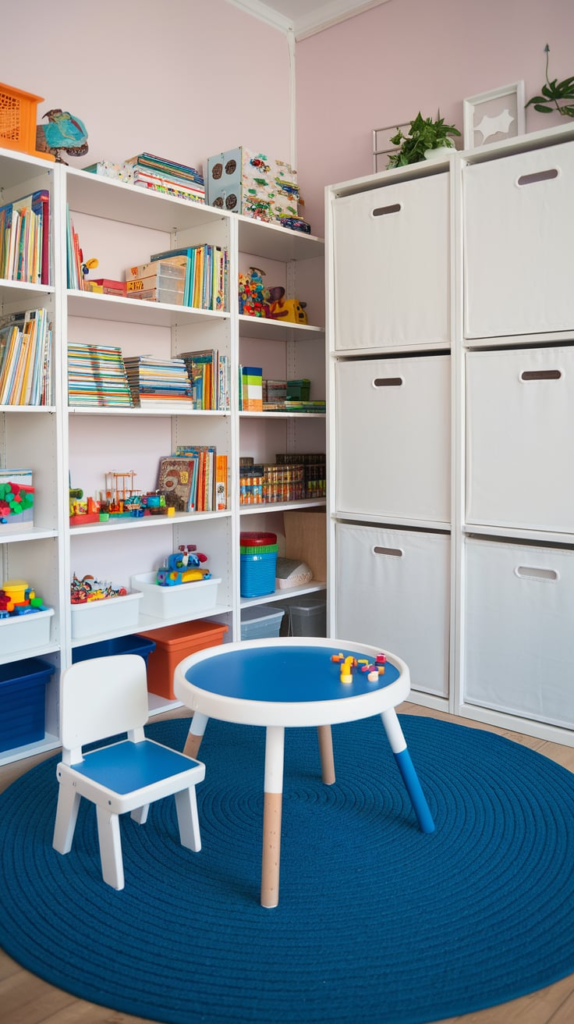
Lighting is often an afterthought in a room, but it’s a powerful tool for creating mood and ambiance. From string lights to novelty lamps, playful lighting options can add warmth and character to your child’s room while also serving as functional light sources for reading or playing.
Why It Works:
- Adds a whimsical touch to the room’s design
- Provides soft, cozy lighting that’s perfect for bedtime routines
- Creates a magical atmosphere, especially in the evenings
Tip: Choose dimmable lights to adjust the brightness based on the time of day or activity.
15. Fun and Functional Storage Bins
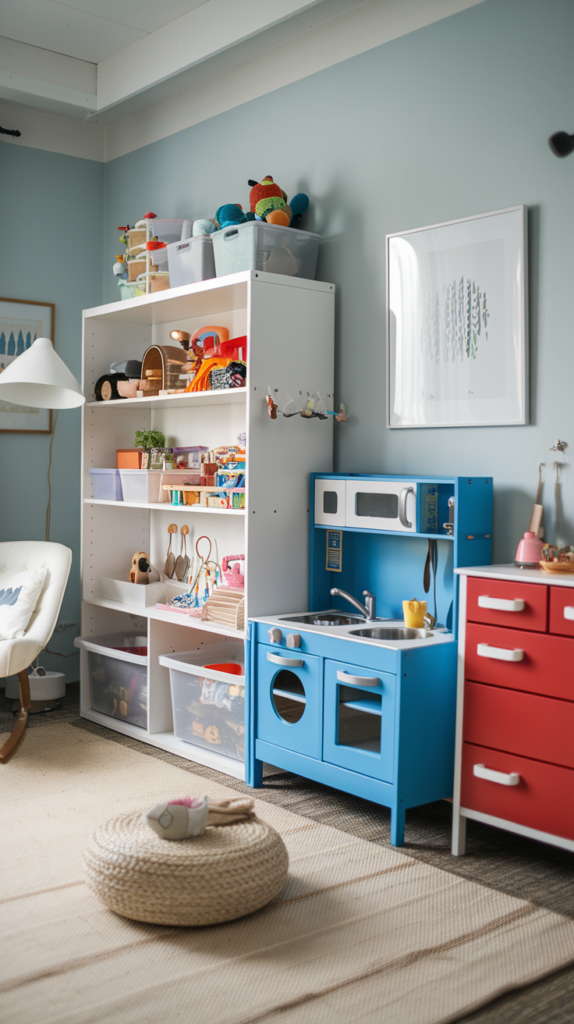
Storage is key to maintaining an organized, clutter-free room, and storage bins are a lifesaver. From colorful plastic bins to woven baskets, there are endless options for stylish yet functional storage.
Why It Works:
- Keeps toys, books, and clothes neatly tucked away
- Easy for kids to access and organize their things
- Available in a variety of colors, materials, and sizes to fit any room style
Tip: Label bins to make it easy for kids to put away their toys, books, or games without assistance.
Conclusion

Designing a kids’ room is about more than just aesthetics; it’s about creating a space where they can play, learn, grow, and sleep.
The ideas listed above are just the tip of the iceberg when it comes to creating a room that’s as functional as it is magical.
Whether you’re designing for a toddler or a teen, the most important thing is to make the room feel like it’s truly their space, where they can express themselves and feel safe.
